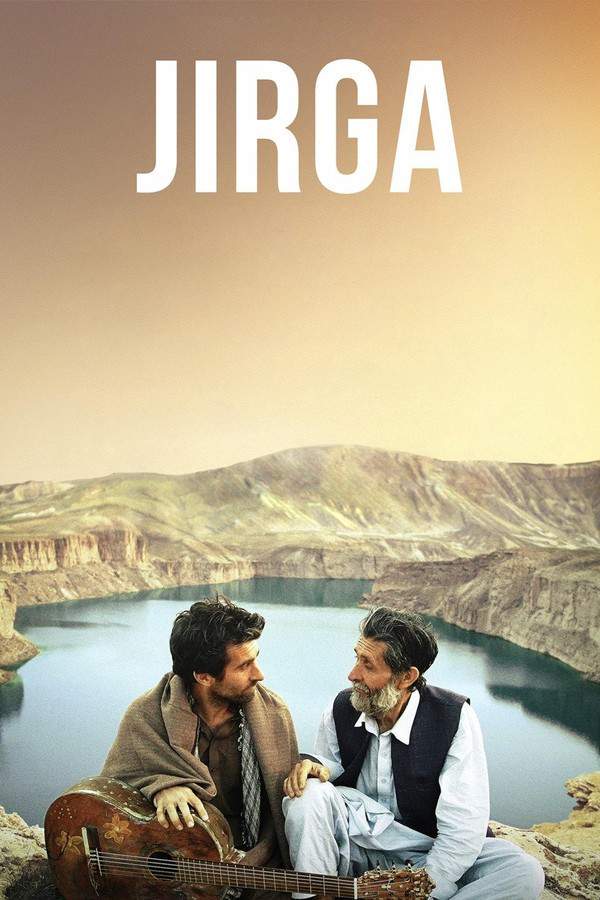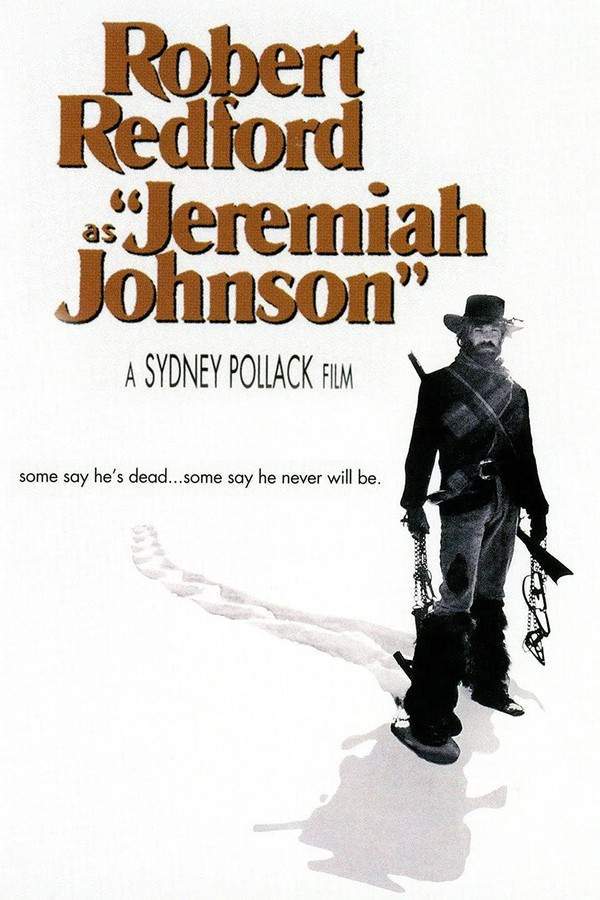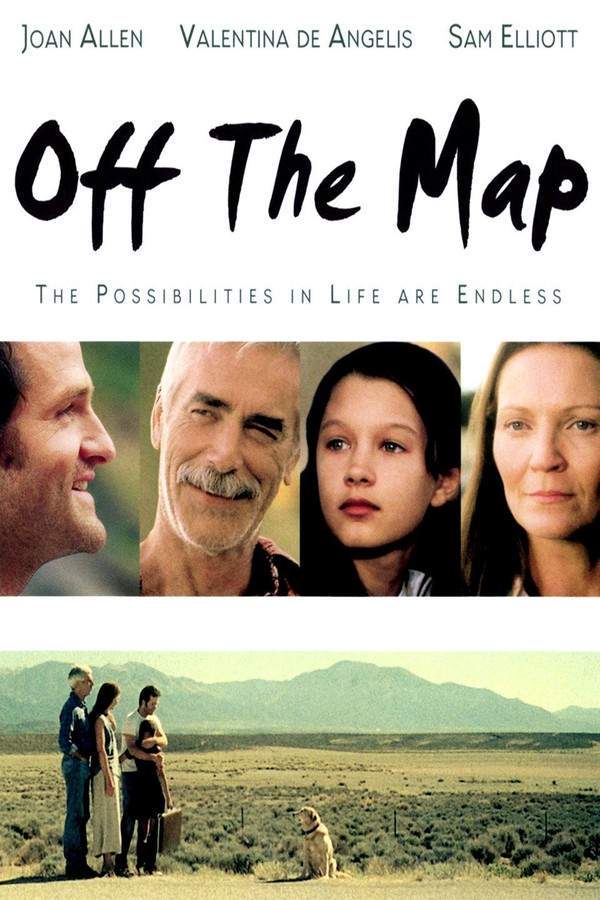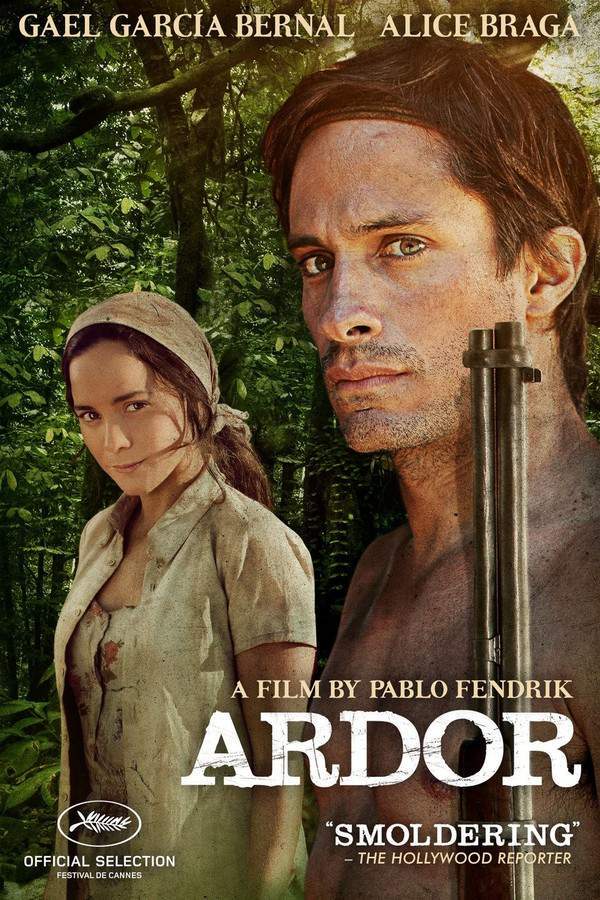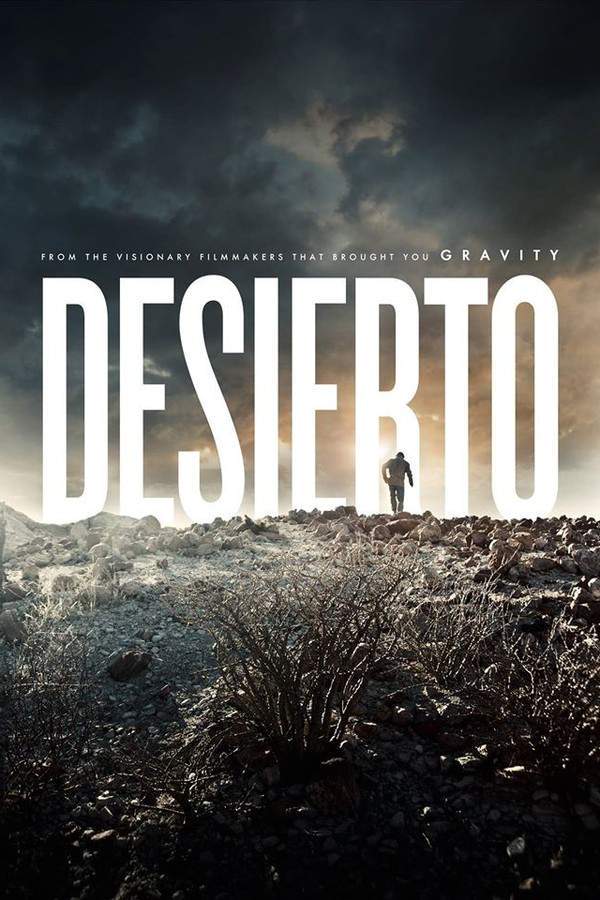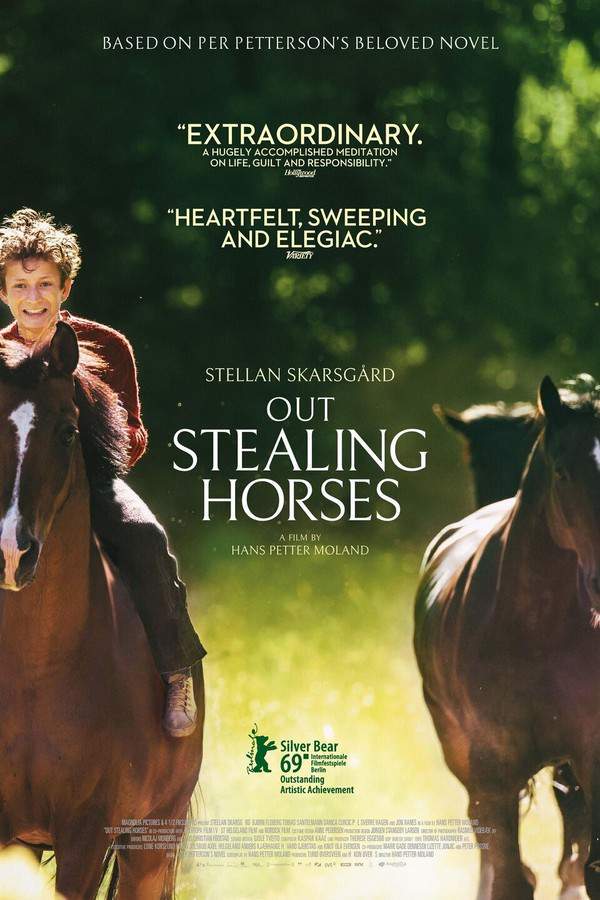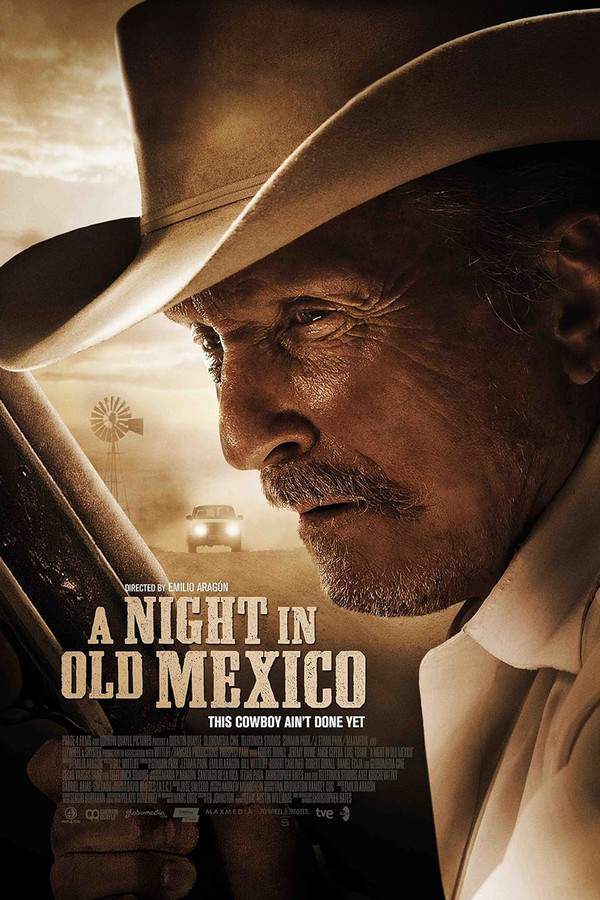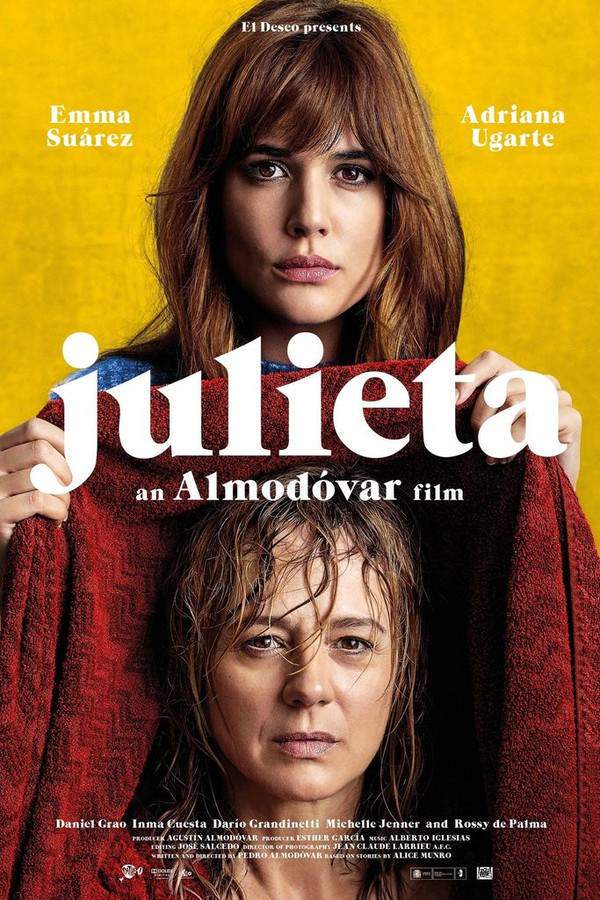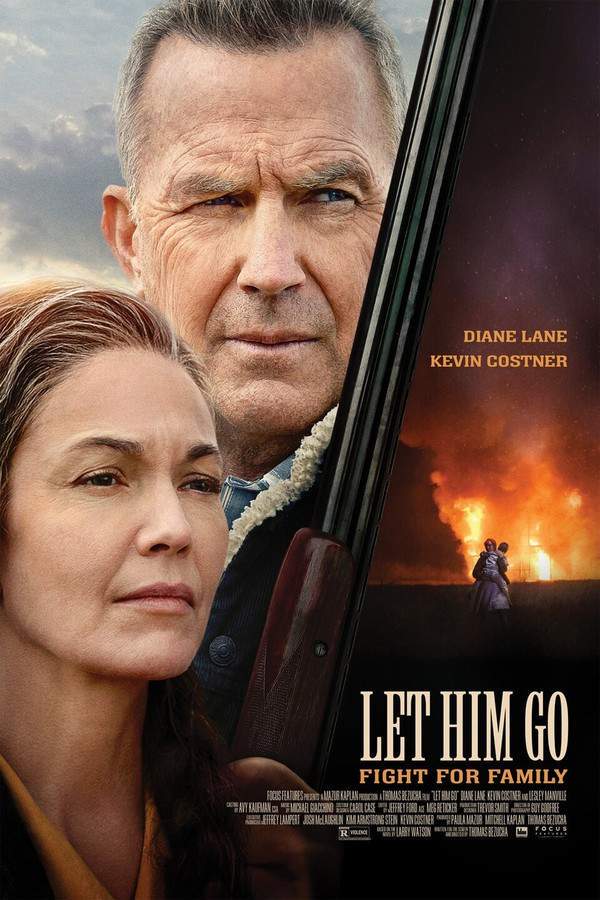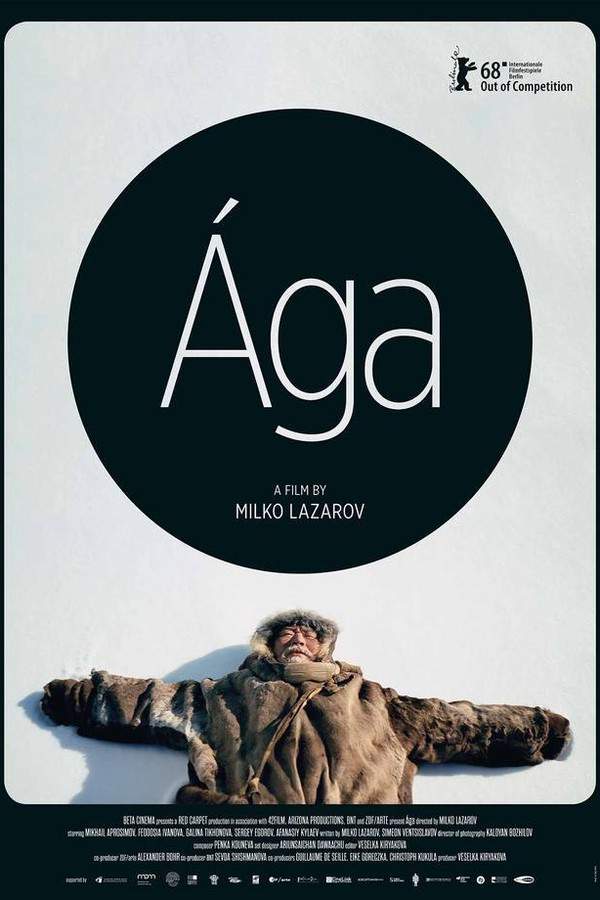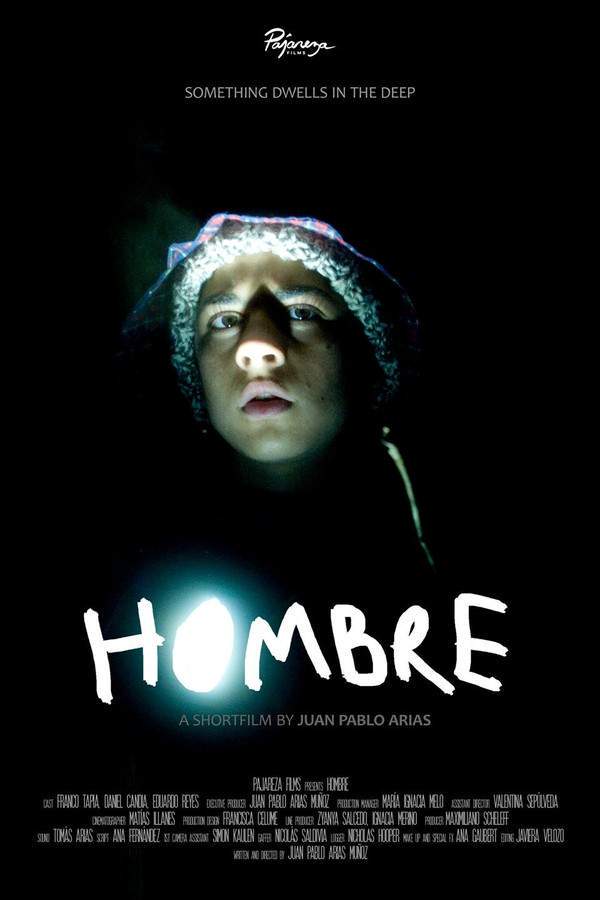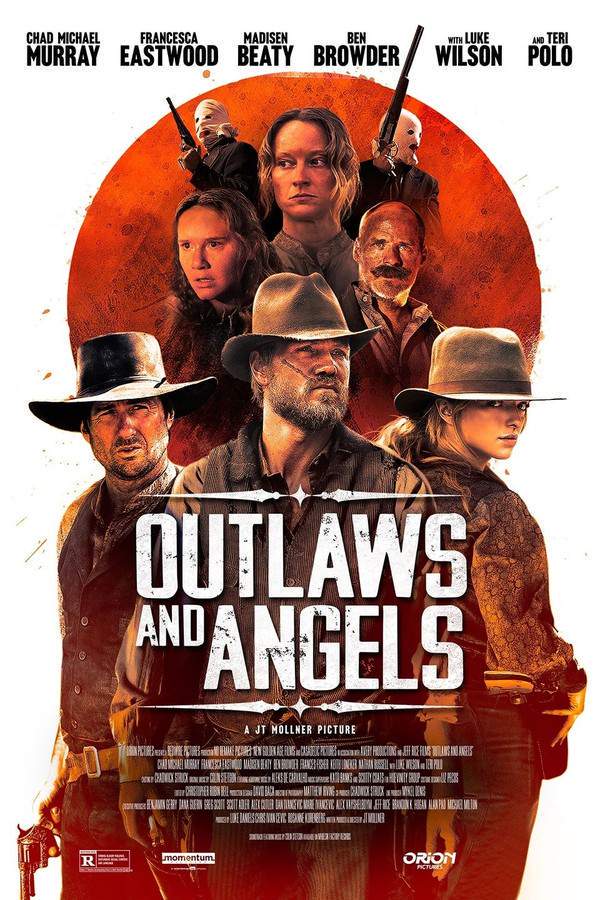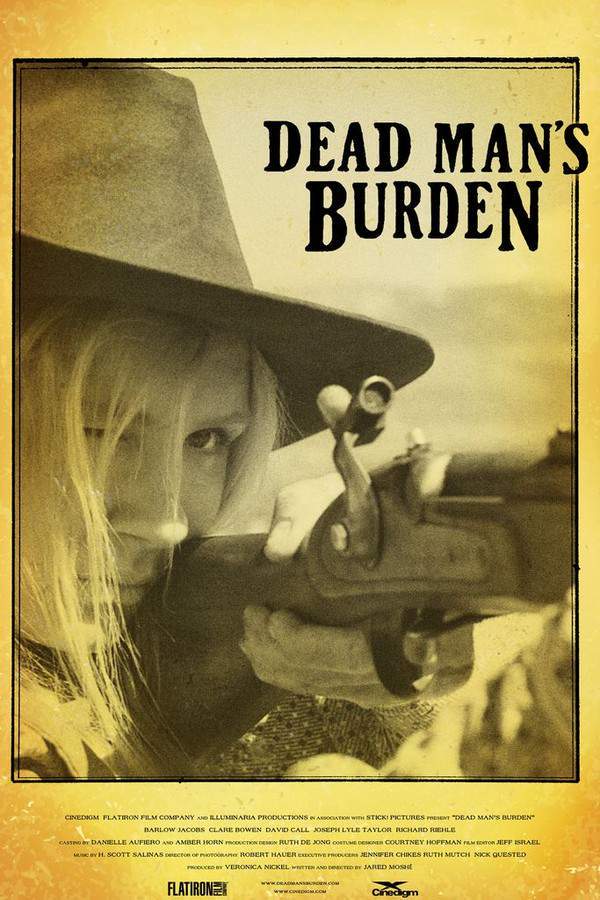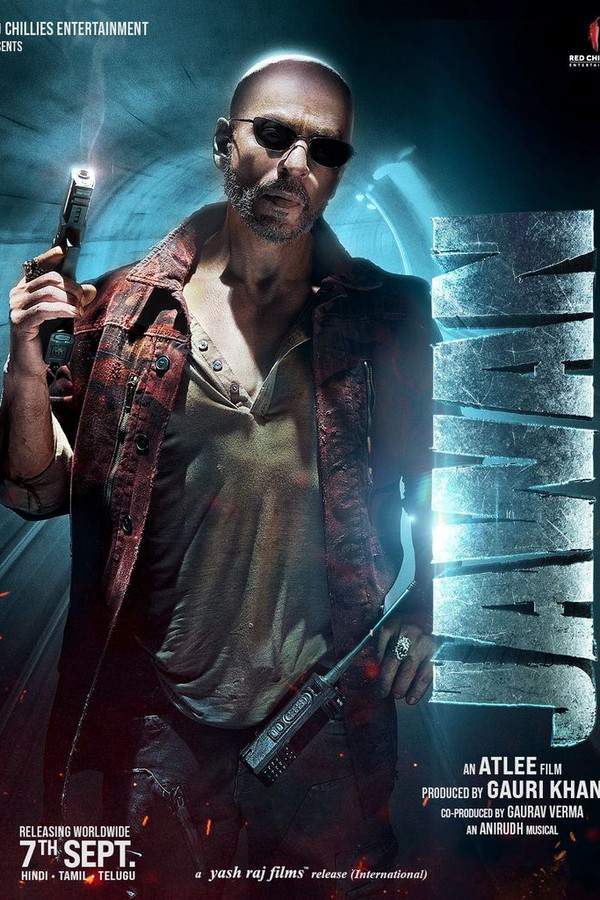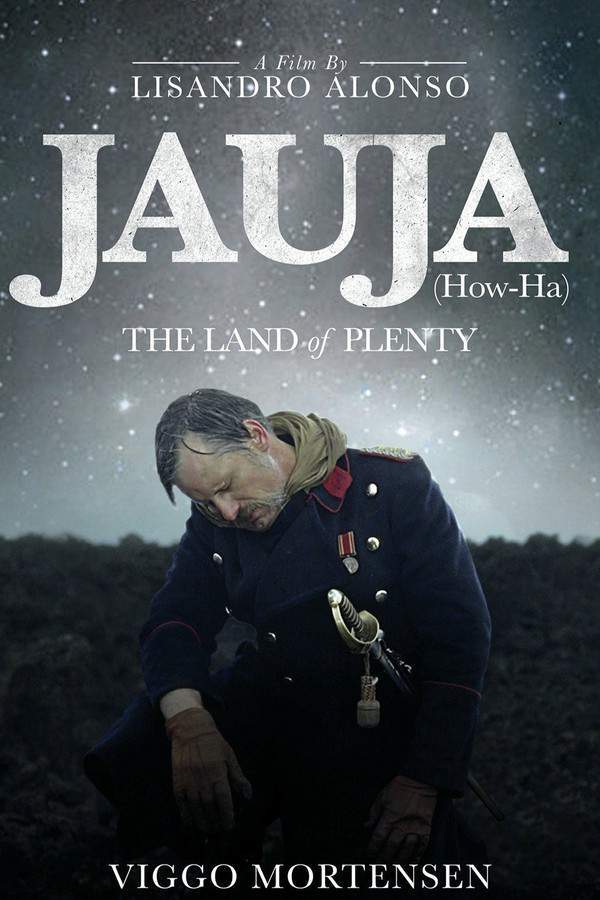
Jauja
Year: 2015
Runtime: 109 min
Language: Spanish
Director: Lisandro Alonso
In this poignant Western drama, Captain Gunnar Dinesen, portrayed by Viggo Mortensen, faces a profound test of love and duty. When his 15-year-old daughter, Ingeborg, elopes with a young soldier, she disappears into the desolate Argentine landscape. Disregarding the advice of his men, Dinesen begins a dangerous search for them, a journey that forces him to confront challenging truths about love, loyalty, and the possibility of redemption amidst the unforgiving wilderness.
Warning: spoilers below!
Haven’t seen Jauja yet? This summary contains major spoilers. Bookmark the page, watch the movie, and come back for the full breakdown. If you're ready, scroll on and relive the story!
Jauja (2015) – Full Plot Summary & Ending Explained
Read the complete plot breakdown of Jauja (2015), including all key story events, major twists, and the ending explained in detail. Discover what really happened—and what it all means.
In this two-era narrative, the story centers on a Danish captain and his teenage daughter as they move through peril, secrecy, and a puzzling link between worlds. Set in the 1880s, Captain Gunnar Dinesen travels through the Argentine landscape with Ingeborg, a daughter who longs for companionship in the form of a dog that will follow her wherever she goes. The moment is laced with tension when a flirtatious and unseemly proposal arises: Lieutenant Pittaluga asks to take Ingeborg to a dance in exchange for one of the captain’s horses. Dinesen refuses, speaking plainly that Ingeborg is his daughter, and he warns Ingeborg that Pittaluga’s fondness for young girls could bring trouble if she crosses his path. Ingeborg, however, is already drawn toward a young soldier named Corto, and the two young people grow closer under the shadow of the commander’s cautions.
From the outset, the plot threads pull tight around rumors and danger. Corto shares rumors from the desert about Zuluaga, an officer who vanished into the sands and is said to be leading a disruptive group of bandits, even rumored to wear a woman’s dress. The men insist that Corto go into the desert and bring back tangible proof that Zuluaga still lives, a mission that becomes a catalyst for the voyage that will unfold.
One night, Ingeborg and Corto flee together. Pittaluga offers to retrieve Ingeborg, but Dinesen chooses to pursue alone. He ventures into the desert, where the atmosphere thickens with uncertainty and peril. He encounters a mortally wounded man who whispers Zuluaga’s name, a clue that lingers in the air as Dinesen presses on. Not long after, he finds Corto dying, his throat cut, and demands from the young man the whereabouts of his daughter. Dropping his rifle and hat, Dinesen moves toward a suspicious sound in the darkness, a moment that marks a turning point in the ordeal. A native steals his hat and rifle during the confusion, leaving Dinesen to continue on foot through an unforgiving landscape. The relentless search for his daughter drives him onward, his resolve unbroken by the harsh desert and the unsettling aftermath of what he has witnessed.
As the journey persists, a dog appears in the desolate terrain and becomes a guide of sorts. The dog leads Dinesen first to a small toy soldier Corto had given Ingeborg and then to a Dane-speaking elderly woman who lives in a cave. This woman, who speaks of her late husband’s death from a snake bite, becomes a hinge in the narrative. She learns of Dinesen’s quest and, through conversation, reveals a startling truth: she is his daughter. The moment of revelation rests on a fragile, mystifying ambiguity that reconfigures the entire trek in the desert. The woman invites Dinesen to return whenever he wishes, a statement that hints at a complicated fate that will stretch beyond their current encounter as he resumes his trek into the desert.
In the present day, the story shifts to a young girl waking inside a mansion in Denmark and tending to her dogs. The atmosphere here is intimate and domestic, yet it quickly becomes uneasy. One dog shows signs of distress, scratching his fur as if unsettled by prolonged absence and silence. The hound-keeper explains that the dog’s nervous behavior is tied to her owner’s long periods away, creating a sense of disconnect and longing that echoes the past’s urgency. The girl takes the dog for a walk through the woods surrounding her home, turning her attention to a toy soldier lying on the ground. When she picks it up, a ripple of suspense runs through the scene as she senses something amiss. A quiet search follows, and she discovers only ripples spreading across a pond, with no visible sign of the dog. Ingeborg’s action—casting the toy soldier into the pond—suggests a deliberate ritual or symbolic closure that ties the contemporary thread back to the desert journey.
Across both timelines, the narrative navigates the tension between duty and desire, parent and child, pursuit and memory. The desert trek is a crucible in which Dinesen must confront the disappearance of his daughter, the rumors that swirl around Zuluaga, and the possibility that the past and present are more intimately connected than they first appear. The elderly woman’s revelation reframes his search as not only a matter of rescue or reunion but also a reckoning with the nature of family and the ways time can loop back on itself.
The film’s mood is earned through a steady, restrained pace that favors atmosphere over spectacle. The stark landscapes—whether the barren, sun-baked stretches of the desert or the secluded, wooded grounds of a Danish mansion—mirror the internal landscapes of the characters. The dialogue carries weight, and moments of silence carry as much significance as lines spoken aloud. The story’s core rests on the fragile thread linking Ingeborg across centuries to the daughter who appears to be her older self or another facet of the same person, a connection hinted at through shared objects—the toy soldier, the dog, and the unspoken questions that rise whenever a child’s absence becomes a shared memory.
Ultimately, the film invites viewers to consider how longing, obligation, and the mysterious currents of fate intertwine. A father’s relentless search for his daughter in a hostile land parallels a young woman’s quiet, unresolved longing in a safe, daylight-lit dwelling. The mysterious cave-dwelling elder, the rumor-spread deserter, and the enigmatic toy soldier all serve to knit the two eras into a singular, contemplative meditation on lineage, memory, and the elusive nature of reunion. The final image—Ingeborg casting the toy soldier into the pond—leaves a resonant impression of release and continuity, a quiet closing that lingers with the audience long after the desert winds have faded.
Last Updated: October 09, 2025 at 16:24
Unlock the Full Story of Jauja
Don't stop at just watching — explore Jauja in full detail. From the complete plot summary and scene-by-scene timeline to character breakdowns, thematic analysis, and a deep dive into the ending — every page helps you truly understand what Jauja is all about. Plus, discover what's next after the movie.
Jauja Timeline
Track the full timeline of Jauja with every major event arranged chronologically. Perfect for decoding non-linear storytelling, flashbacks, or parallel narratives with a clear scene-by-scene breakdown.

Characters, Settings & Themes in Jauja
Discover the characters, locations, and core themes that shape Jauja. Get insights into symbolic elements, setting significance, and deeper narrative meaning — ideal for thematic analysis and movie breakdowns.

Similar Movies to Jauja
Discover movies like Jauja that share similar genres, themes, and storytelling elements. Whether you’re drawn to the atmosphere, character arcs, or plot structure, these curated recommendations will help you explore more films you’ll love.
Explore More About Movie Jauja
Jauja (2015) Scene-by-Scene Movie Timeline
Jauja (2015) Movie Characters, Themes & Settings
Jauja (2015) Spoiler-Free Summary & Key Flow
Movies Like Jauja – Similar Titles You’ll Enjoy
Jirga (2019) Plot Summary & Ending Explained
Jeremiah Johnson (1972) Full Movie Breakdown
Off the Map (2005) Spoiler-Packed Plot Recap
Ardor (2015) Full Movie Breakdown
Desierto (2016) Spoiler-Packed Plot Recap
Out Stealing Horses (2020) Story Summary & Characters
A Night in Old Mexico (2014) Movie Recap & Themes
Julieta (2016) Full Movie Breakdown
Let Him Go (2020) Film Overview & Timeline
Ága (2019) Movie Recap & Themes
Hombre (1967) Spoiler-Packed Plot Recap
Outlaws and Angels (2016) Story Summary & Characters
Dead Man's Burden (2013) Plot Summary & Ending Explained
Jawan (2023) Spoiler-Packed Plot Recap
House of Sand (2006) Spoiler-Packed Plot Recap


